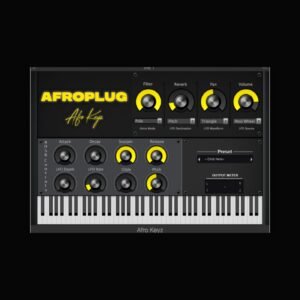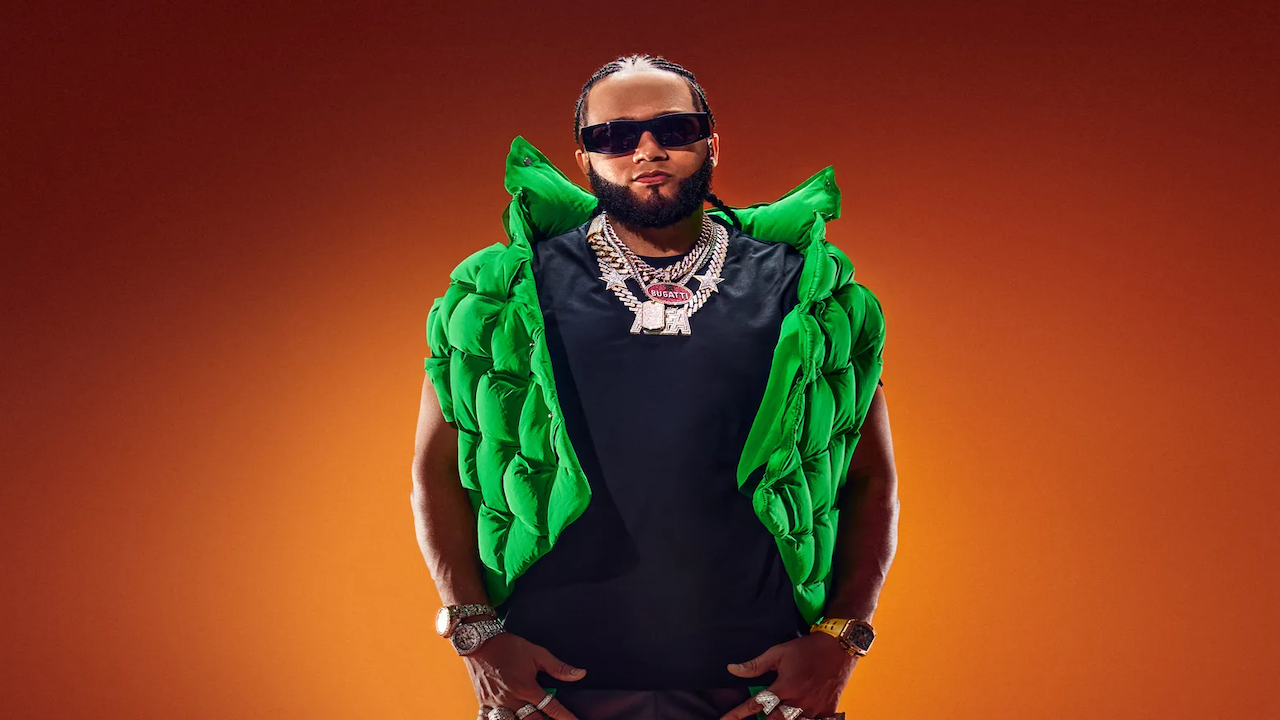You can contact us 24/7 via our Support team
€0.00
Best discounts this week for your next hits
Shattayard – Dancehall Shatta VST
Reggaeton and Dembow sit at the center of today’s global music landscape. Their rhythms dominate clubs, TikTok trends, radio playlists, and international charts. Millions dance to them without always knowing where these sounds truly come from.
While both genres are often grouped under the “Latin” umbrella, their essence tells a much deeper story — one rooted in Afro-Caribbean creativity, migration, cultural fusion, and decades of evolution across the islands.
This article explores the real origins of Reggaeton and Dembow, their differences, and how they shaped what the world now recognizes as modern Latin music.
1. Everything Begins With the Caribbean: The Dembow Rhythm
Before Reggaeton or Dominican Dembow existed, there was the dembow rhythm, a foundational drum pattern in Jamaican dancehall.
In the late 80s and early 90s, artists like Shabba Ranks popularized a syncopated beat whose bounce would quietly become one of the most influential rhythms in modern music.
This groove crossed the sea with migration flows, DJs, sound systems, and bilingual artists traveling between Jamaica, Panama, Puerto Rico, and the Dominican Republic.
It was never planned, never marketed — it simply moved with people.
This Jamaican rhythmic DNA is the root of both modern Reggaeton and Dominican Dembow.
2. Reggaeton: Afro-Panamanian & Puerto Rican Innovation Later Adopted as Latin Music
Reggaeton’s creation did not start with the Latin industry — it started with Afro-Caribbean communities.
Panama: The First Transformation
Afro-Panamanian artists were the first to translate Jamaican dancehall into Spanish. This early movement, known as reggae en español, mixed:
- Caribbean vocal patterns,
- Jamaican rhythmic structures,
- Afro-diasporic stories and identity.
Artists built a cultural bridge between the islands and the Hispanic Caribbean, not knowing they were laying the foundation for a global future hit.
Puerto Rico: The Evolution Into Reggaeton
In the mid-to-late 90s, Puerto Rican producers and MCs added:
- Hip-hop influence,
- Electronic synths,
- Street storytelling,
- Urban aesthetics,
- Perreo-driven dance culture.
This mixture created Reggaeton as we know it today.
From underground mixtapes to massive stages, artists like Daddy Yankee, Don Omar, Ivy Queen, and Tego Calderónpushed the genre into every corner of the world.
Caribbean Music, Latin Market
Reggaeton’s identity is Afro-Caribbean.
Its language is Spanish.
Its success came through Latin commercial channels.
This is why Reggaeton is culturally Caribbean yet marketed as Latin music.
3. Dembow: The Dominican Republic’s Unfiltered Afro-Caribbean Power
While Reggaeton gained momentum in Puerto Rico, the Dominican Republic was building something different: Dominican Dembow.
Dembow kept the Jamaican foundation but evolved with a uniquely Dominican flavor:
- Higher BPM (115–130)
- Punchy, aggressive snares
- Rolling hi-hats
- Güira and tambora elements
- Repetitive hooks
- A raw, frenetic, street-centered energy
This sound emerged not from studios with big budgets but from neighborhoods, YouTube channels, motorbike speakers, and community parties.
Artists like El Alfa, Chimbala, and Rochy RD turned Dembow into one of the most viral genres in the world.
Unlike Reggaeton, Dembow didn’t pass through a polished Latin pop filter.
It rose as a direct expression of Dominican Afro-Caribbean identity — loud, fast, joyful, rebellious, and unmistakably Caribbean.
4. Reggaeton vs Dembow: Same Roots, Different Destinies
Though they share Jamaican ancestry, the two genres developed their own personalities.
Reggaeton
- 90–105 BPM
- Melodic, smooth, atmospheric
- Influenced by hip-hop and R&B
- Sensual perreo grooves
- Massive international presence
Dembow
- 115–130 BPM
- Raw, repetitive, high-energy
- Driven by Dominican percussion
- Street, viral, explosive
- Rapid global rise thanks to social media
Reggaeton often leans into emotion, melody, and flow.
Dembow focuses on rhythm, energy, and physical reaction.
Together, they represent two sides of the Afro-Caribbean rhythmic universe.
5. The Afro-Caribbean Impact on Global Latin Music
Today’s Latin music — from global hits to emerging artists — carries Afro-Caribbean influence at every level:
- Drum patterns
- BPM ranges
- Dance movements
- Melodic cadences
- Vocal delivery
- Sampling aesthetics
- Club energy
From Miami to Paris, Lagos to Bogotá, Caribbean DNA drives the sound of modern Latin hits.
These genres redefine what “Latin” means — expanding it beyond geography, into a cultural space shaped by Afro-Caribbean innovation.
6. How Afroplug Supports Producers Creating Reggaeton & Dembow
Afroplug honors this history by offering authentic, royalty-free sample packs that respect the origins of these genres.
Our Reggaeton sample packs include:
- Smooth perreo drum loops
- Deep 90–105 BPM grooves
- Emotional synths, guitars, pads
- Vocal chops and percussion one-shots
Our Dembow sample packs include:
- Fast Dominican-style drum patterns
- Punchy kicks and sharp snares
- Güira, tambora, and Caribbean percussion
- Energetic hooks and fills
Every sound is crafted by producers connected to the Afro-Caribbean diaspora, ensuring cultural authenticity and modern quality.
Conclusion: Caribbean Creativity at the Heart of Global Music
Reggaeton and Dembow, though often marketed as “Latin,” were born from Afro-Caribbean stories, rhythms, and communities.
Their global rise shows the power of Caribbean innovation and how deeply its influence shapes today’s musical world.
Afroplug proudly contributes to this movement by providing tools that keep these genres authentic, accessible, and alive for the next generation of producers.


